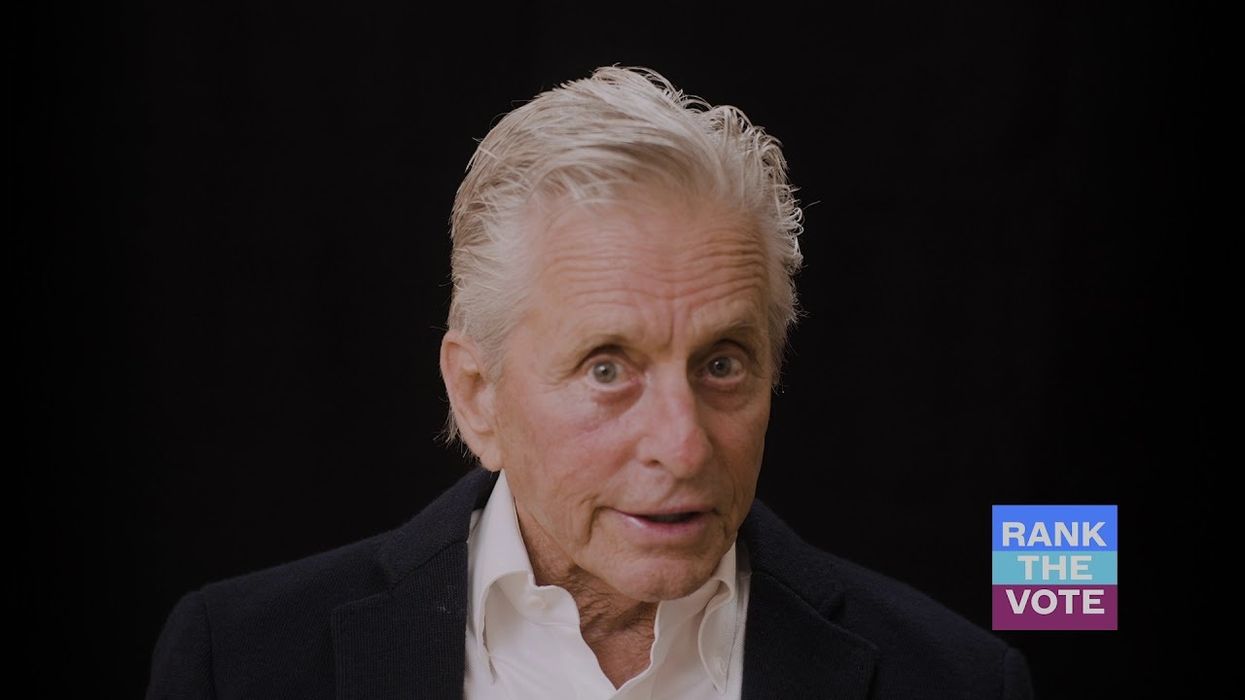The campaign to make New York City the biggest jurisdiction in the country with ranked-choice voting is kicking in to a higher gear — and has been boosted by a bit of star power.
Early balloting begins Saturday in the nation's biggest city, which has long been beset by minimal political competition and correspondingly abysmal turnout. Advocates of so-called RCV predict a burst of democratic passion across the five boroughs if voters are permitted to list as many as five candidates for each office in order of preference, with a sort of instant runoff system producing the winner if no one secures an outright majority of first-place votes.
The system would be used for primaries and special elections starting in 2021 — the next contests for mayor, borough presidents, other citywide offices and City Council — if the referendum is approved in two weeks.
RCV advocates are hoping the publicity surrounding a victory in New York will boost momentum for their cause nationwide. While the system is used for local elections in nearly 20 cities, including San Francisco and Minneapolis, Maine is the only state that's adopted it for congressional races and the primary and general presidential elections. A ballot initiative that would make RCV the norm across Massachusetts is likely to get a vote a year from now.
In New York, a coalition of advocates for the switch includes progressive activists and pro-business groups, and they are cautiously optimistic of victory. To help their cause, they've financed advertisements airing this week on the local airwaves featuring the venerable Academy Award-winning actor Michael Douglas.
"No one wins without a majority of voters, so politicians will have to respect every community," is the heart of his pitch.
Business interests are stressing something different: That municipal politics would likely shift from reliably liberal to somewhat centrist, because candidates who can now win by locking down a plurality base of support on the left would need to appeal to a broad swath of the electorate in order to get second- or third-choice votes.
Advocates have sought to raise interest in the ballot measure, during what's otherwise a nothing-burger of a campaign season, with events demonstrating the RCV system by inviting voter to rank their favorite pizzas, cookies and beers.
Although Republicans have generally been opposed to RCV, claiming it holds a high potential to incubate voter fraud, no organized opposition has surfaced in the city. Opinion writers for the Daily News, however, have said the system will prove confusing and could thwart insurgent candidacies from the city's Latino and black precincts.
The New York Times endorsed the measure, known as Question 1, as a way to boost turnout and assure "the election of more female and minority candidates, who often suffer from the perception that they aren't 'electable' in a traditional first-past-the-post race."



















